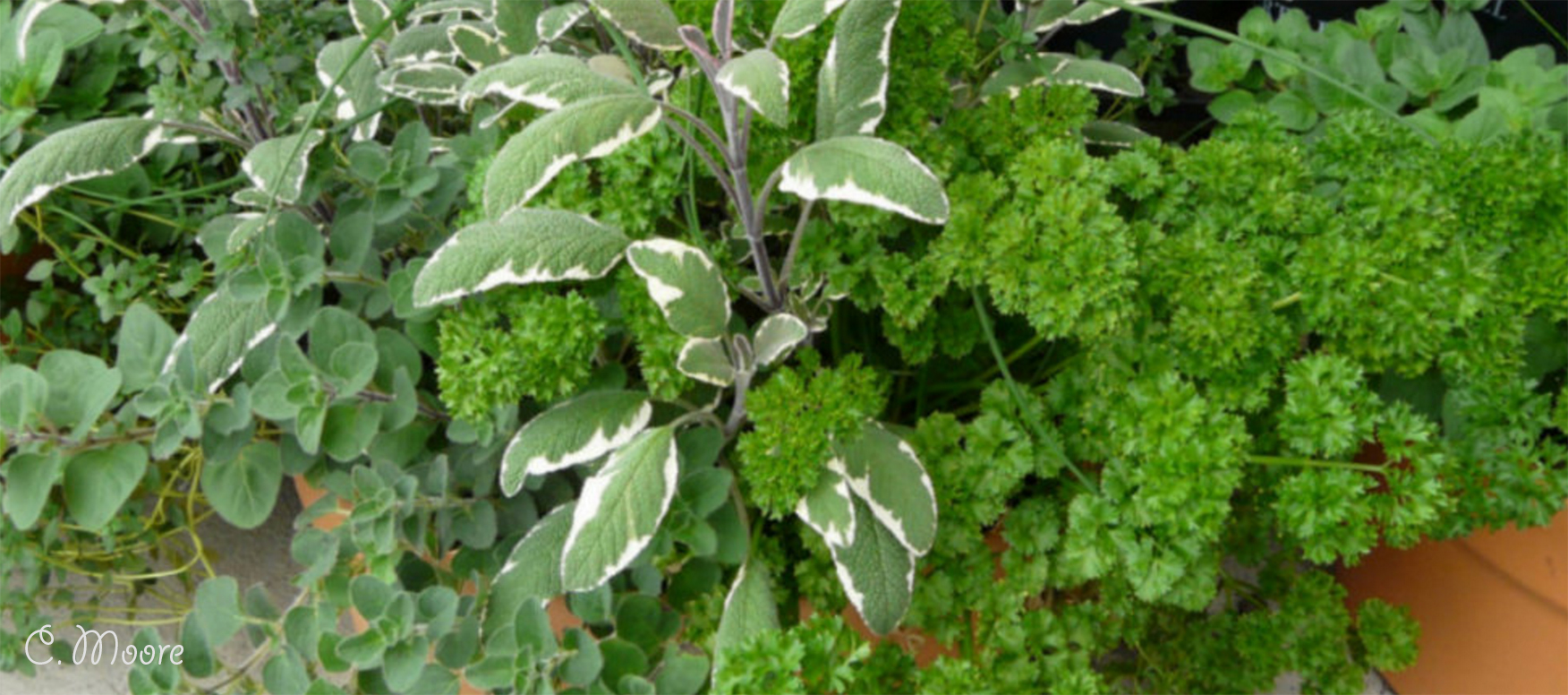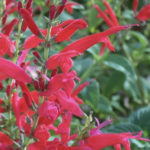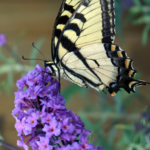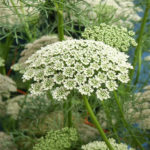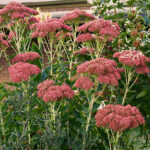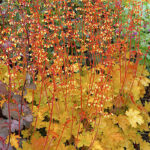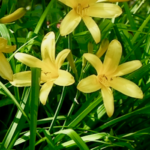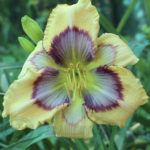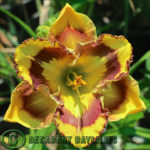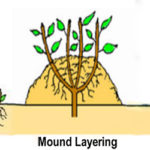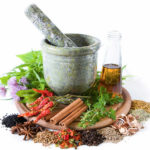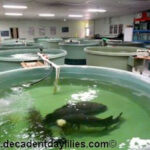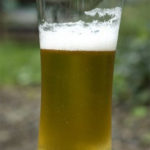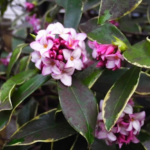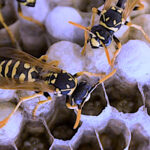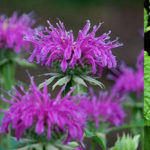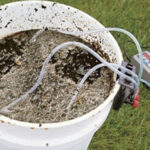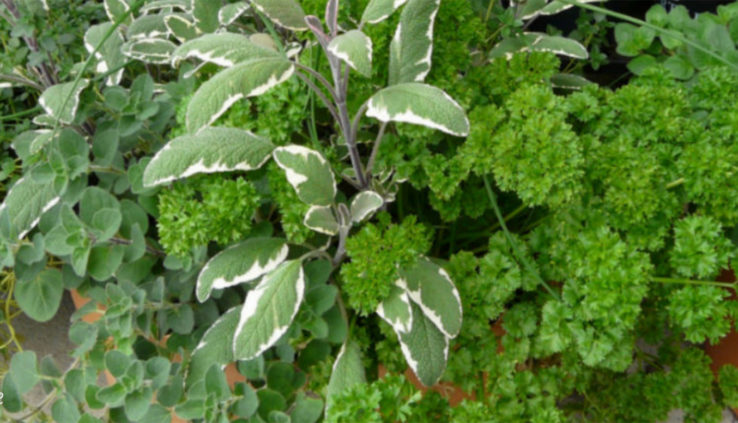
Starting a Herb Garden
Starting a Herb Garden at Home
To have a fresh and steady supply of your favourite herbs is to create your very own container herb garden. Do you know great cooking comes from the freshest ingredients? You can choose to have an indoor herb garden, herbs really don’t like being inside for very long. An outside herb container garden can add beauty to your garden. Backyard or veranda herb gardens work best, either way, makes, easy excess to delicious fresh herbs and flavour to your kitchen meals. Herb gardens can be useful and satisfying to grow. Some of the most common best herbs to grow for Australian dishes are chives, basil, oregano, rosemary, sage, bay leaf, parsley and thyme. These are commonly used as flavourings, some herbs have a mild taste while others are sweet. Herbs give out a lovely aroma to the air throughout your home while they are cooking. Herb gardens are very useful whether you are living in the Australian outback or just a city dweller or living in an apartment block in Melbourne or Sydney. It is still so convenient having and growing your very own herb garden at home. It’s the convenience of going outside to snip off a fresh bunch of parsley to garnish your vegetable lasagne or some coriander for your latest Asian creation. A tip for starting your own herb garden is to grow mint and comfrey in a pot or container on their own as they will both take over a garden with their underneath runners popping up all over the garden. This is a perfect way for a new gardener that is just starting out, you can involve your children or grandchildren or join a community garden to meet more people to learn more about gardening. Because growing a herb garden is easy to grow and can be fun for all ages including children. A potted herb garden is a great introduction to gardening for beginners as well as a great way of spending time with your children. To make and plant a herb garden, the best tip is to start slow and concentrate on a few herbs you love the most and are going to use in your cooking most often. A container herb garden can be put in just about any size pot or container. So use whatever makes the best use of whatever room you have available.
Choosing a Location To Start A Herb Garden
- Herbs need a fair amount of sunlight to grow at least six hours a day, not direct sun.
- By selecting a place for your herb garden closest to the kitchen as possible makes it convenient to access and harvest your herbs from the home made herb garden.
- Herb seeds should be planted in spring, if you missed the boat then opt for selecting plug size plants.
- Starting herbs from seed at the wrong or opposite time of year can be a true waste of time, the plantlets will just shoot up “bolt” and go to seed.
How to Plant Herbs Into A Container?
- Make sure your pots have good drainage holes in the bottom of the container.
- Add about an inch of gravel to help drainage and prevent root rot of the plants.
- Fill the rest of the pot with prepared well drained soil one part each of best growing medium, some soil from your own garden mixed with some well rotted compost manure provides the plants with nutrients they need to grow well. You can select from the list of nutrient values of manures here. Pick out cow manure fertiliser. It is a soil conditioner that is low in nitrogen and nutrients after it is aged and composted.
- Buy and choose your herbs to plant and arrange them in a large pot.
- Top up the soil around the plants so the soil level is with the top of the plants.
- Water in the new herbs to settle the soil.
- You can label the herbs with fancy markers to make the container look more attractive.
- Frequent harvesting and use of herbs keep them trimmed. As a result, this increases and makes thicker plants producing more foliage and more amount of herb plant to use all year round.
Plants in containers need a little more watering than the same variety of plants in the ground. Your herb garden can be placed on an outside kitchen window ledge, so you only have to open your kitchen window to get some herbs. This makes it easy and convenient to get your herbs from inside your house. Herbs do very well growing in filtered light, they don’t like too much direct hot sun otherwise the containers can get very hot causing the herbs to be stressed and wilted. Experiment, for best results by moving your herb containers in different areas of the garden or veranda.
Traditional Method of Drying, Preserving and Storing Fresh Herbs
If you’ve had a particularly bountiful crop at the end of the season you may have cause to preserve your herbs for a later date by air-drying them. Good options are to dry or freeze your herb harvest this preserves the best flavour.
- Only cut healthy stems and remove already dry or obviously diseased leaves then shake off excess soil and rinse with cool water for the herbs to be thoroughly clean and dry gently pat with paper towels.
- When laying the herbs out making sure there is plenty of room between the herbs allowing all of the moisture to escape this will prevent mould and rot.
- You can bundle between 4 and 6 branches together with a rubber band or string taking the lower leaves off the stems.
- Make some holes in a paper bag, label the bag clearly, and then place the bundle of herbs inside the bag loosely packed upside down and tie the ends of the bag closed.
- Choose your warmest airiest room and hang the bag upside down.
Create save keep home grown garden fresh herbs.

